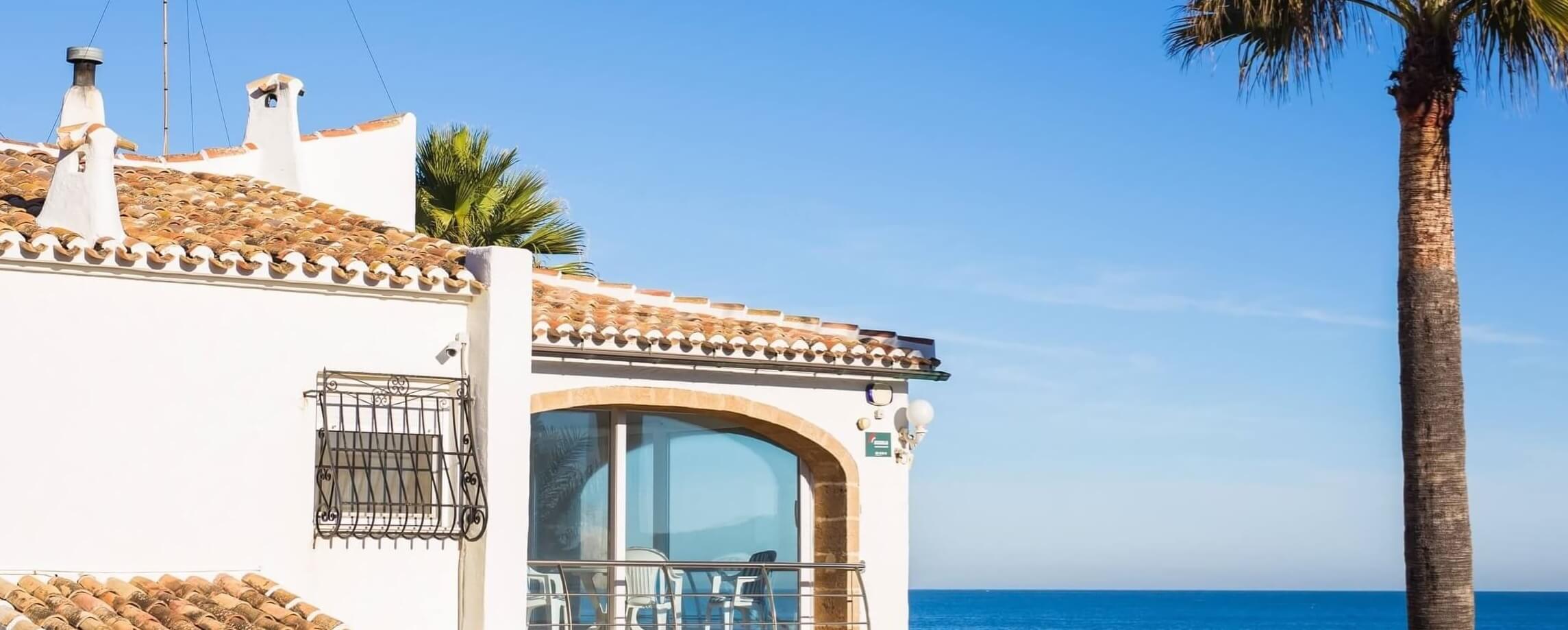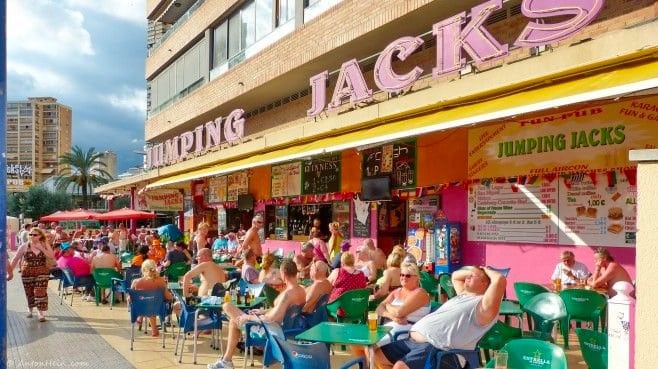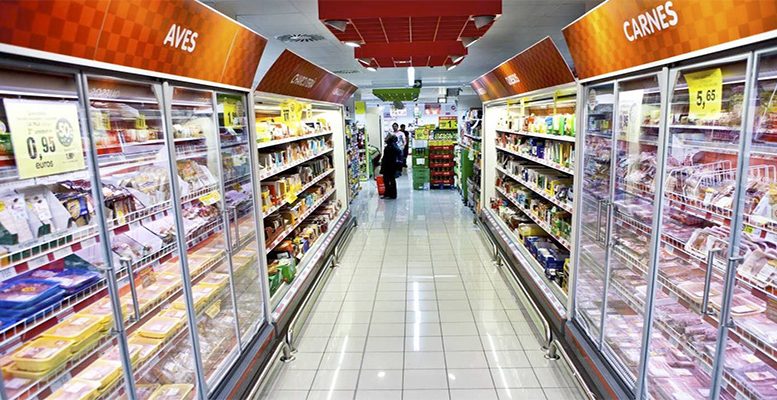If you want to buy real estate in Spain but need financial help with a mortgage, read this guide to discover your options. It’s important to know the basics of applying for a mortgage and how much you can borrow, before starting your property search.
Why Buy Now
Pre-COVID, Spain’s property market had finally picked up after a prolonged slump following the 2008 financial crash. Although prices were not at the ridiculously high levels of 2007, they were finally back to as they were in 2003.
However, due to dismal sales related to COVID-19, prices have adjusted, and you can find some great bargains at the time of writing in March 2021. With the worst of the pandemic expected to be behind us by the end of 2021, property experts predict a sharp rise in property values in 2022, so 2021 is the perfect time to buy.
Spanish Mortgage Lenders
Spanish mortgage lenders offer a range of lending options for foreign buyers, including the Golden Visa property scheme.
If you’re buying in Spain to invest, it is best to think long-term. Spain’s capital gains tax can counteract any benefits of purchasing for short-term investors.
Also, buyers need to consider property transaction costs which are around 12% of the property value. Even when the house prices rise steeply, you will probably still need three to five years to compensate for these costs.
Types of Spanish Mortgages
Spain offers mortgage deals similar to those in the UK for residents, and also international banks and Spanish banks offer expat-focused Spanish mortgages.
Most Spanish mortgages have no limitations on the purchase price or the buyer’s nationality. However, a few mortgage products favour buyers from particular countries or those buying a property in specific regions.
The most significant distinction between residential and non-residential mortgages is the highest loan-to-value (LTV) the banks will lend.
Spanish nationals and foreign residents can usually borrow up to 80% of a property’s value. Non-residents are generally restricted to 40–50%. However, in some circumstances, a bank may loan up to 70% to a non-resident.
The amount a bank will lend depends on:
- Residential status
- Savings
- Income (pension or assets) if retired
- Contract and wage if working
You may be able to borrow more if buying a bank’s repossessed property, but these are not as easy to come by in 2021 as they were a decade ago after the market crashed and hundreds of thousands of Spaniards lost their homes.
Some banks are only willing to give a mortgage to foreign buyers if they purchase from the bank’s own real estate portfolio.
In some instances, the bank will grant a mortgage based on the assessor’s valuation rather than what you pay. Therefore, if an assessor values a property at €100,000, you could traditionally borrow up to €70,500, even if your purchase price was only €80,000.
Cost of Spanish Mortgages
If using a Spanish lender, allow for around 10-15% of the total purchase price for transaction fees.
Therefore, if a property is valued at €240,000 and you can borrow 70% of this amount, you need to have a €72,000 down payment plus up to €3,520 in savings.
Closing costs include transferring the property and stamp taxes, the bank’s mortgage arrangement and opening fees, a notary and registry charge, plus the bank assessor’s fee.
Property transfers go through the public deeds of purchase, which a notary verifies—the sale is only official when the notary signs, which you must pay for.
Taxes on Spanish Property Purchases
The buyer must pay various residential taxes. Transfer tax is up to 10% of the property price, depending on the province.
Stamp tax also varies by province and is between 0.5–1.5% of the purchase price.
These charges are part of the sale closing costs.
Property insurance
All residential property owners must take out insurance to cover the home’s value. Life insurance is not compulsory, but many lenders want borrowers to have adequate life insurance to pay any outstanding mortgage.
Before Applying for a Spanish mortgage
Before applying for a Spanish mortgage, you need a NIE number (Número de Identificación de Extranjeros), an identification number for foreigners. You cannot buy a property or get a mortgage without the NIE.
When applying for an NIE, which will cost around 12€, you will need the following documents:
A completed EX-15 form
Documents showing why you need the NIE
Copy of your passport pages and your original passport
Passport-sized photos x 2
Applying for a Spanish Mortgage
Most of the large Spanish banks will lend to non-residents for property purchases. These include the Banco Santander, BBVA, and the CaixaBank. You can get a mortgage with an international bank, such as IMG or Barclays.
When applying for a Spanish property mortgage, it is best to give yourself plenty of time and shop around. The official mortgage process begins after a sales agreement is reached, but it is prudent to start making mortgage inquiries before or at the same time as house hunting.
Documents Needed for a Spanish Mortgage
Whether you to a mortgage lender, you will need:
A NIE number
Proof of income
A pre-agreement with the seller
Proof the property tax paid
Details of any other outstanding loans or mortgages
Copies of property deeds you own (in Spain or abroad)
Current asset records
Prenuptial agreement details where applicable.
After you submit your information to the bank, they will make you a loan offer. This may not be the best offer you can get, so take it to another lender, as often you will receive a better offer. You can then take this to the first bank – they may improve on their initial offer.
Extra Application Costs
You don’t need to pay for a mortgage offer or advice, but you may need to pay to get a home appraised, for a translator, or the help of a local lawyer.
While this involves an extra expense, it is often worth the cost to avoid being misled or urged to go ahead by sellers or agents who take advantage of non-resident buyers’ lack of knowledge.
Note: This information is presented as a general guide as each mortgage application is considered on a case-by-case basis. We invite you to contact us to find out more if you need a mortgage to buy in a Javea property.






